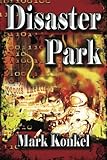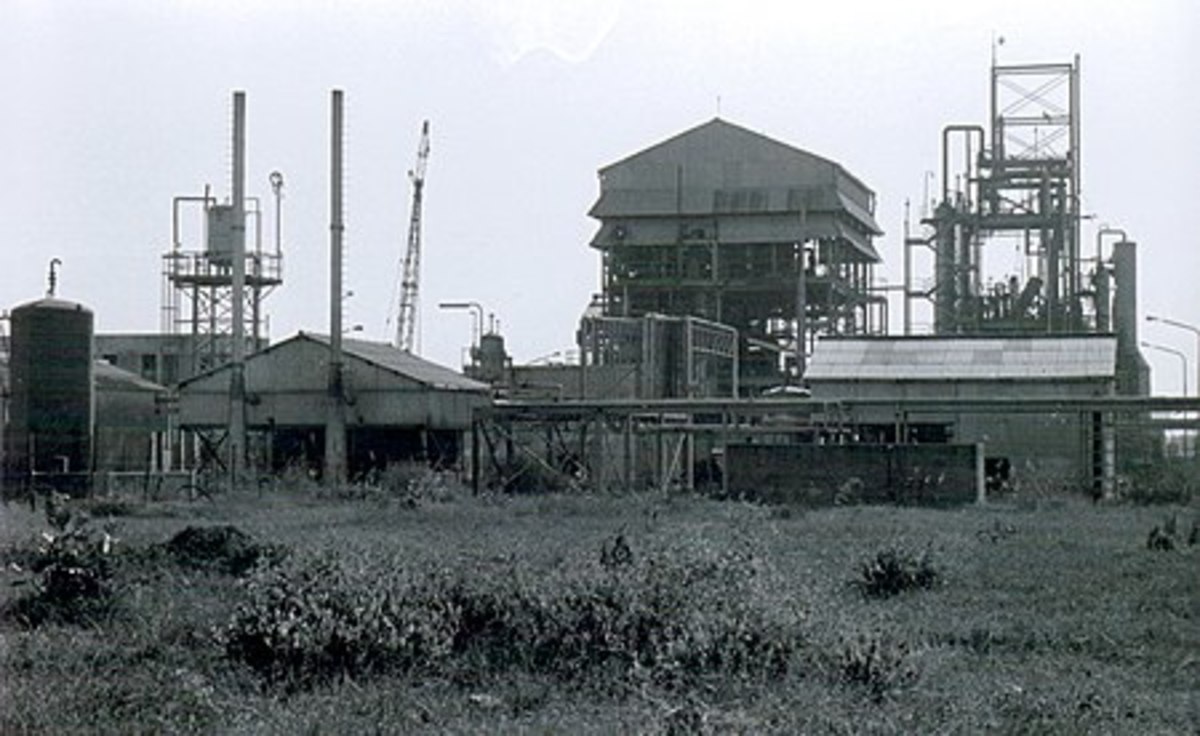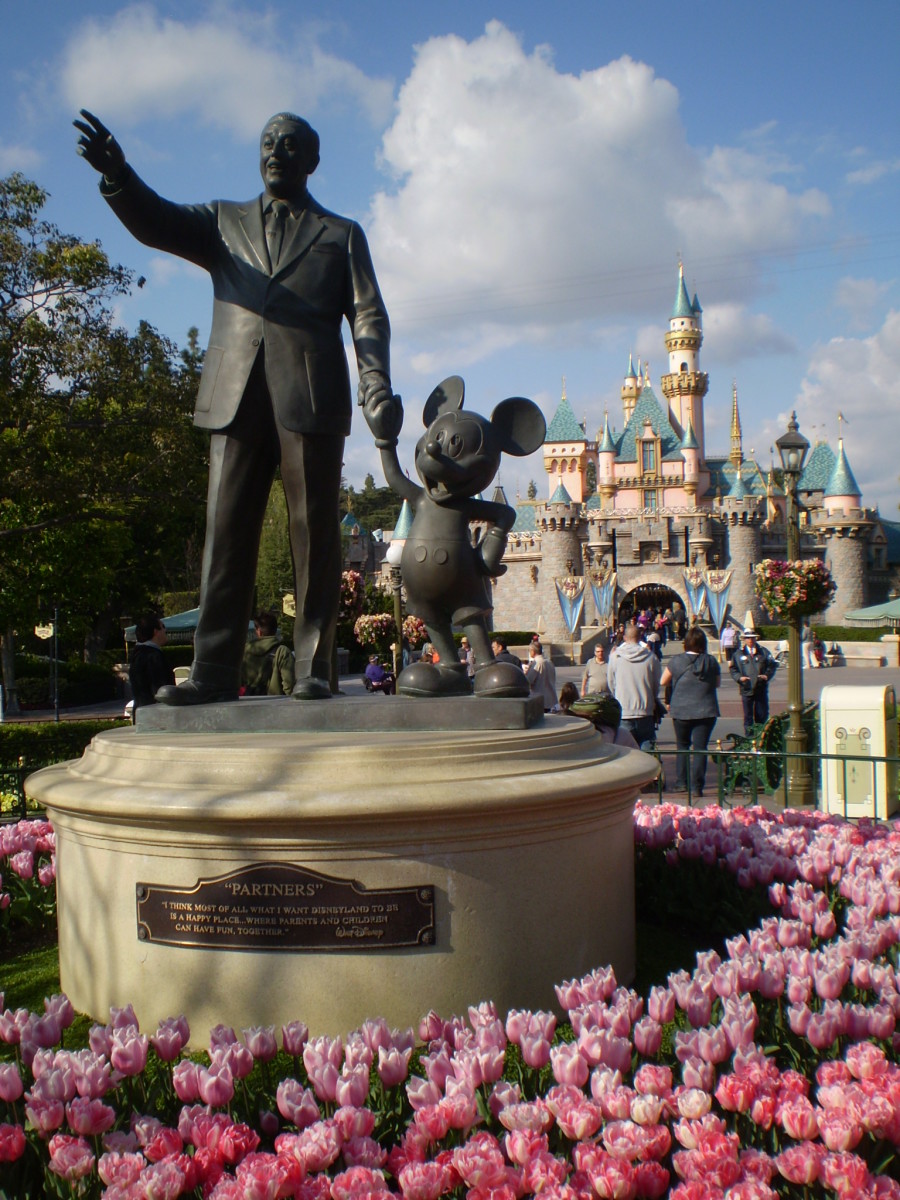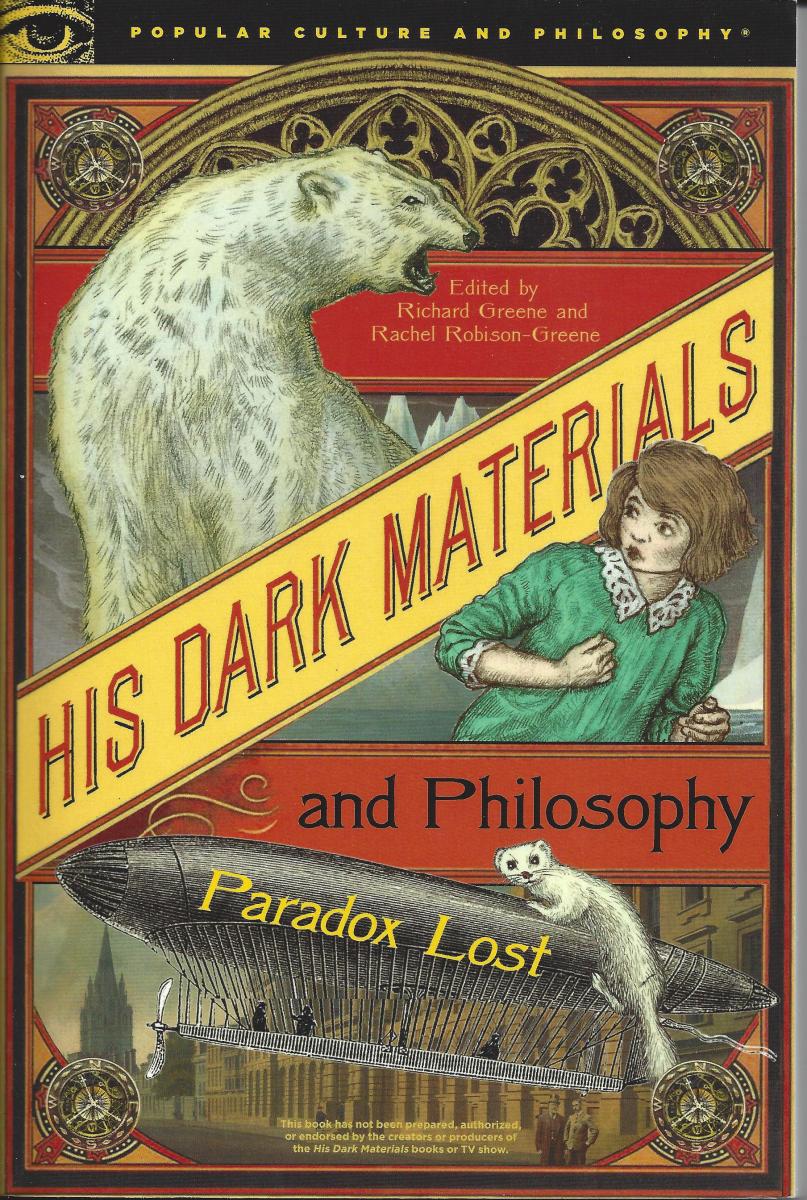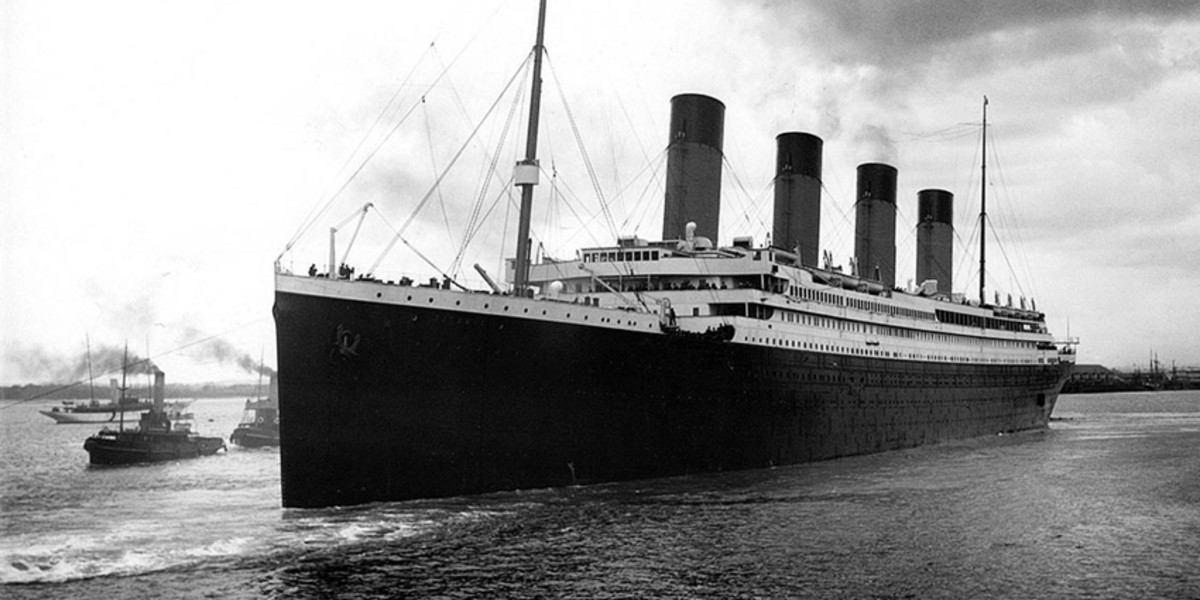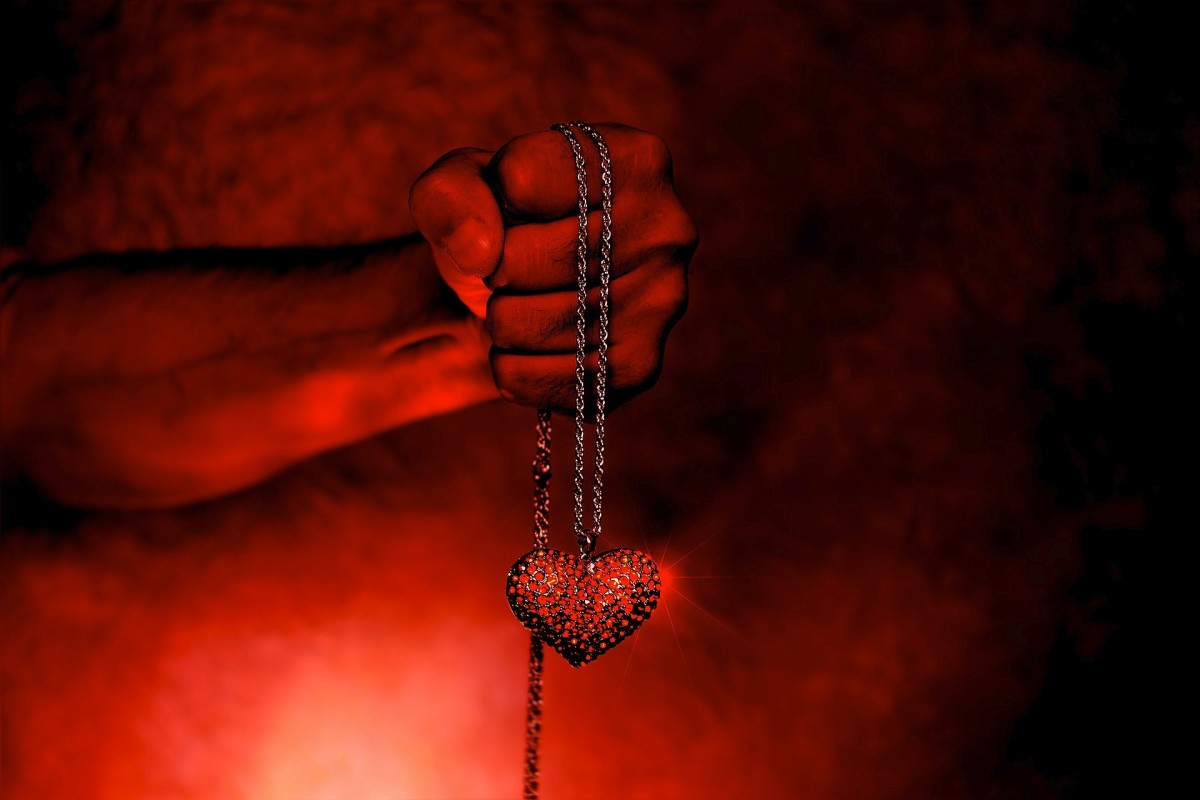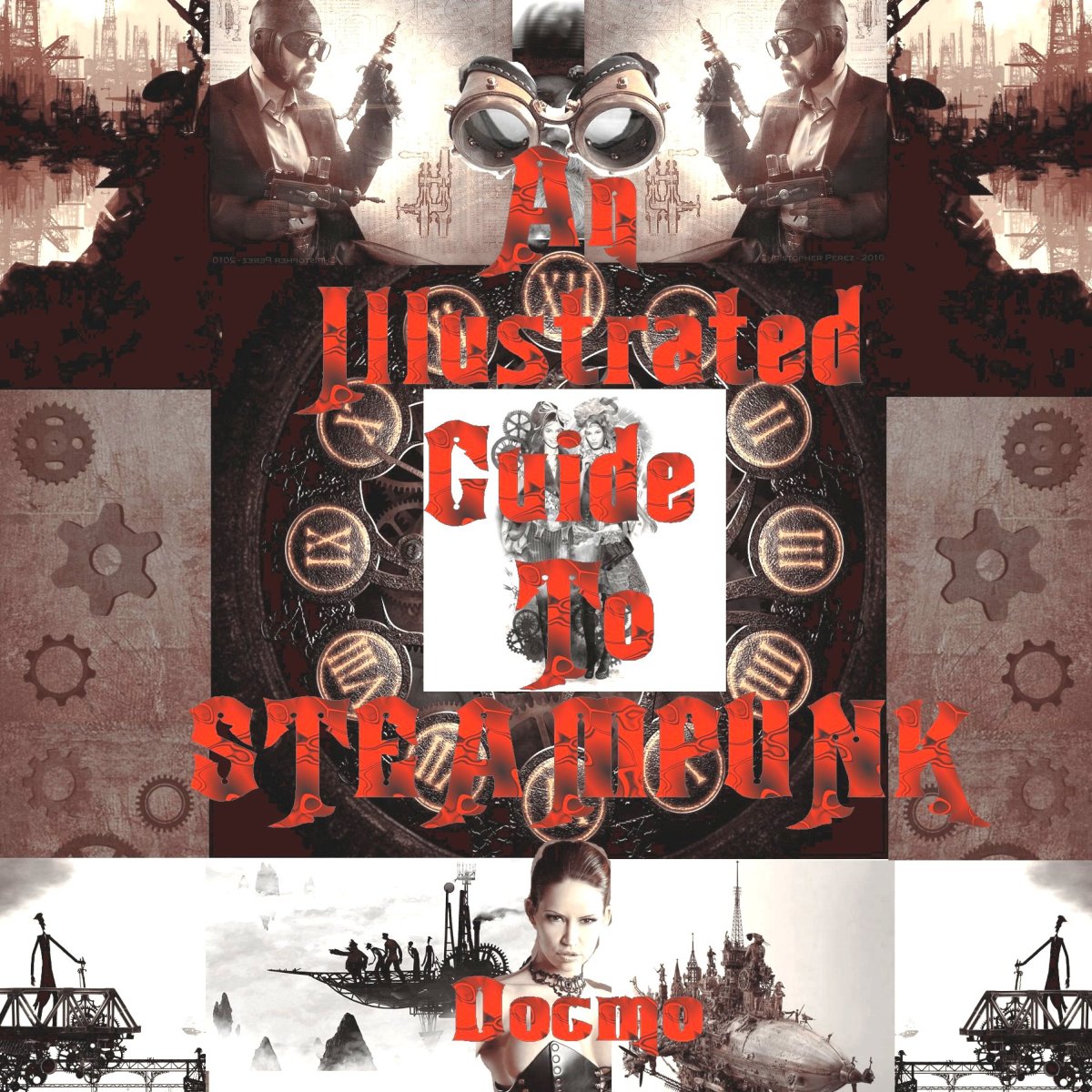- HubPages»
- Books, Literature, and Writing»
- Books & Novels»
- Fiction»
- Science Fiction & Fantasy Books
Book Review - Disaster Park by Mark J. Konkel; A Dark Ride

Does Disaster Thrill You?
If you like science fiction, futurist literature and film, and horror, you may have had your first taste of it on a dark ride - a Halloween train winding through the night trails as creatures, Jovians, and murderers with blood slicked axes jumped out at you.
This book is dark ride.
DISASTER PARK
Written by Mark J. Konkel
Blue Leaf Publications (January 2011)
Cover art by James R. Powell
Genre: Futurist, Science Fiction, Disaster/Adventure
The Great Chicago Fire of 1871

9/11
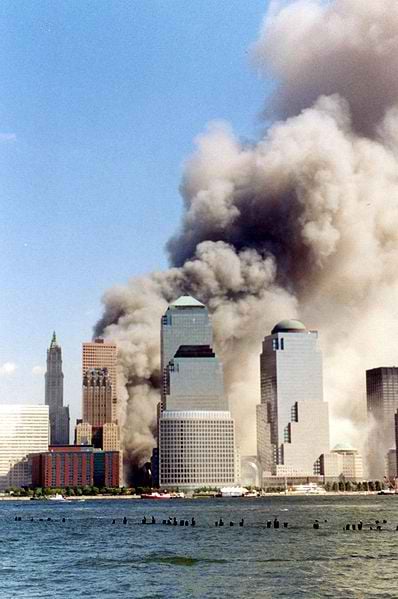
Paying to Live Through a Staged DIsaster
Smoke, plaster dust, falling concrete missiles, ceiling cave-ins, alarms, water, blood, the screeching of twisting I-beams. In temporary slow-mo – the shrieking, stretching, then breaking of safety glass…People on the sidewalk below screaming into media cameras, “WTF?!” You stand in one of those shattering windows and look into the nose of the jet of a new kind of terrorist kamikaze as it stabs through you into the office suite, carbonizing workers around a water cooler telling dirty jokes, flaming through a conference room full of executives and secretaries. You’re in the middle of a high-rise disaster, but it’s an adventure ride at DelaneyLand.
Would you pay to go on that ride? How many times?
Would you pay more if you could be one of the characters that is maimed, burned, stabbed, drowned, or crushed? An interactive touring exhibit of the Titanic travels the US right now, but its blast of cold air and assignment of actual passenger names to individual tourists in the audience is nothing like the experience of a Delaney disaster program.
The Sinking of the Titanic - 1912
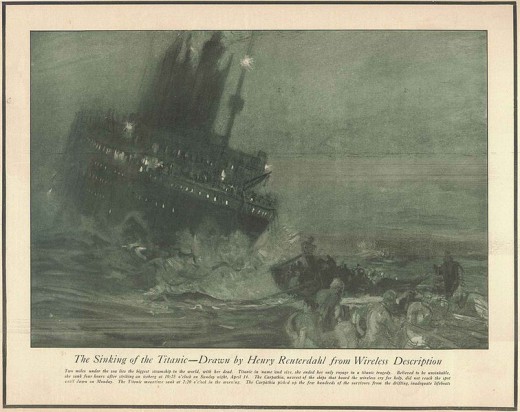
Disasters as Amusement Rides
Disaster Park is a futurist novel by Mark Konkel, set around 2060 AD. The world has added several disasters since 9/11 and about 150 from before and after that tragedy are recreated in 360-degree 3D geometric programming -- holograms you can’t tell from reality. The awesome cover art of the novel illustrates the puzzling predicament that needs a genius programmer to fix. An astronaut in 1969 space attire fills every seat of Edie Foy’s fiery night at the Iroquois Theater, but each one of him is making an objectionable gesture. No way is he a programming glitch, so how did he get there?
Once programming problems are rectified, is it morally correct to offer real-life disasters for public enjoyment? Which ones will draw the most riders – the Passion, Thermopylae, the Battle of Gettysburg, the death of the Mars astronauts? Each ride is more life like than a Star Trek® Holodeck program -- Will they thrill customers or will they help people work through the grief of their own disasters?
San Francisco Earthquake - 1906

DelaneyLand Living History Ride
Arnie Hetzel is a crack forensic programmer (worth three of McGee on NCIS), retired, who suffered a personal disaster that left him more alone in the world, with unrelenting PTSD. His S-card smartphone descendant begins to field strange messages as well. At the end of some digital red tape, CEO Jase Delaney, founder of Delaney Corporation and DelaneyLand and its Living History ride convinces him to work on the bird-flipping fractal astronaut. At the same time, a 5th column approaches Hetzel to let the programming remain broken.
This story is altogether original and pertinent to 21st century development – in 2011, we could produce a Disaster Park within 10 years. Virtual Monitors for meetings and 3D hologram TVs are likely in the works now. The story is well paced and powerful, written with intelligence, surprises, humor, and since it is about disaster, blood, gore, and vomiting as well. chapters that make us think about disasters and the related media and entertainment ethics. Imagine - if your family were killed in a 75-car pileup, would it be OK to recreate their last minutes trapped, bleeding inside their burning vehicle - and charge admission?
Apollo I - January 27, 1961
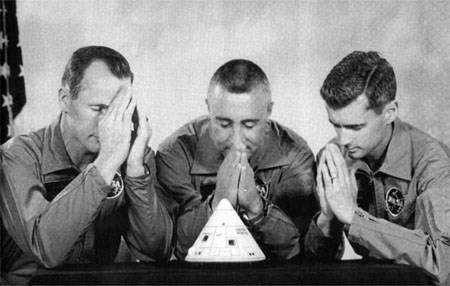
Personal Disaster
Arnie Hetzel, the protagonist, is the most interesting character with his deep personal tragedy, a range of skills and detection craftiness, and all his personal flashbacks. His life-changing disaster appears in slices thoughout most chapters and seems to weave the story together more fully.
Arnie's meet-up with old colleagues Casey and Kenneth on staff at Delaney Corporation is very interesting -- Are they friends or saboteurs? The descriptions of a focus group of re-enactors testing a Civil War battle ride is gory, fascinating, and riveting. A scene full of young programmers on the IT threshing floor is full of bravado, with recreational drugs, booze, disaster “test rides”, pranks on older staff, and other horseplay. It’s all believable.
An older gentleman on the Delaney staff, Professor Gardner, is mysterious and could stand some additional characterization, or a reappearance in a sequel to Disaster Park. The ending comes up quickly and Hetzel is as good as Poirot or Monk in telling the assembled persons of interest what occurred. Perhaps he can find his own peace now, but what will the next dark ride hold for readers?
I recommend this story and will be looking for Mark Konkel's next one.
Interview With the Author
- Mark J. Konkel - Unique
"Im as energetic as a litter of puppies, and as serene as the morning mist over the lake. Ive been caught stopping for red lights at 2 a.m., and once arm wrestled a lobster..."
Kennedy Assassination
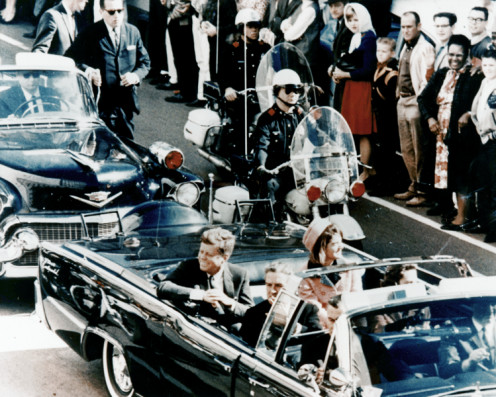
- The Restoration of Dealey Plaza 2010 - 2013
Has reconstruction of Dealey Plaza obliterated important pieces of evidence in a Presidential assassination? Revitalizing a tourist mecca raises questions as media outlets back the Magic Bullet. - New Misinformation About the Magic Bullet Solution
Some media outlets raced to accept the Magic Bullet as the murder weapon on the murder's 50th Anniversary. Scientists with robust evidence to the contrary were shut down by TV and the FBI. Why?

